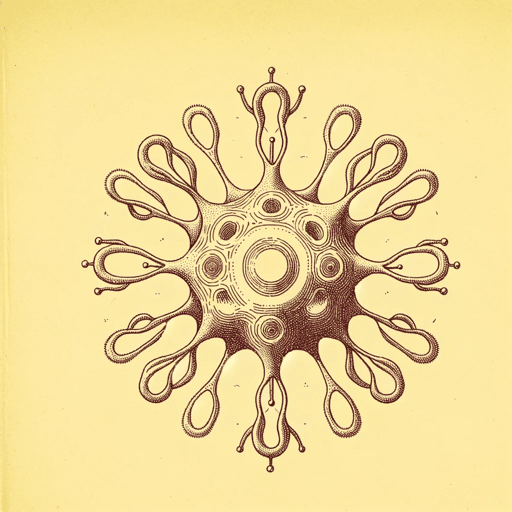51 pages • 1 hour read
Laurie GarrettThe Coming Plague: Newly Emerging Diseases in a World Out of Balance
Nonfiction | Book | Adult | Published in 1994A modern alternative to SparkNotes and CliffsNotes, SuperSummary offers high-quality Study Guides with detailed chapter summaries and analysis of major themes, characters, and more.
Themes
Ecological Perspectives on Microbial Infection
Garrett’s broad picture of humanity’s interactions with bacteria, viruses, and parasites is one of ecological relationship. Human societies in the past considered diseases as something from the outside that occasionally broke in and afflicted populations at various times or places. Garrett, however, portrays diseases as a feature of the balance inherent in our intimate, tightly woven relationship with microbial life. They affect us not as something from outside our experience but as part of our environment on every side (including within our bodies): “The lesson of macroecology was that […] all life forms and chemical systems on earth were intertwined in complex, often invisible ways” (557). In those macroecological environments, we humans are just another organism, like microbes themselves are. In some cases, we exist symbiotically with microbes, while in other cases, they are the predators, and we are the prey.
Existing in an ecological web with microbes, any major change humans enact on the environment or their own behavior will affect the balance of the ecology, forcing other organisms to adapt. This can occur, for instance, when humans take over new habitats by expanding into previously untouched environments like rainforests and marshlands. In doing so, we expose ourselves to microbial life that might be disrupted from its former balance in that habitat.

